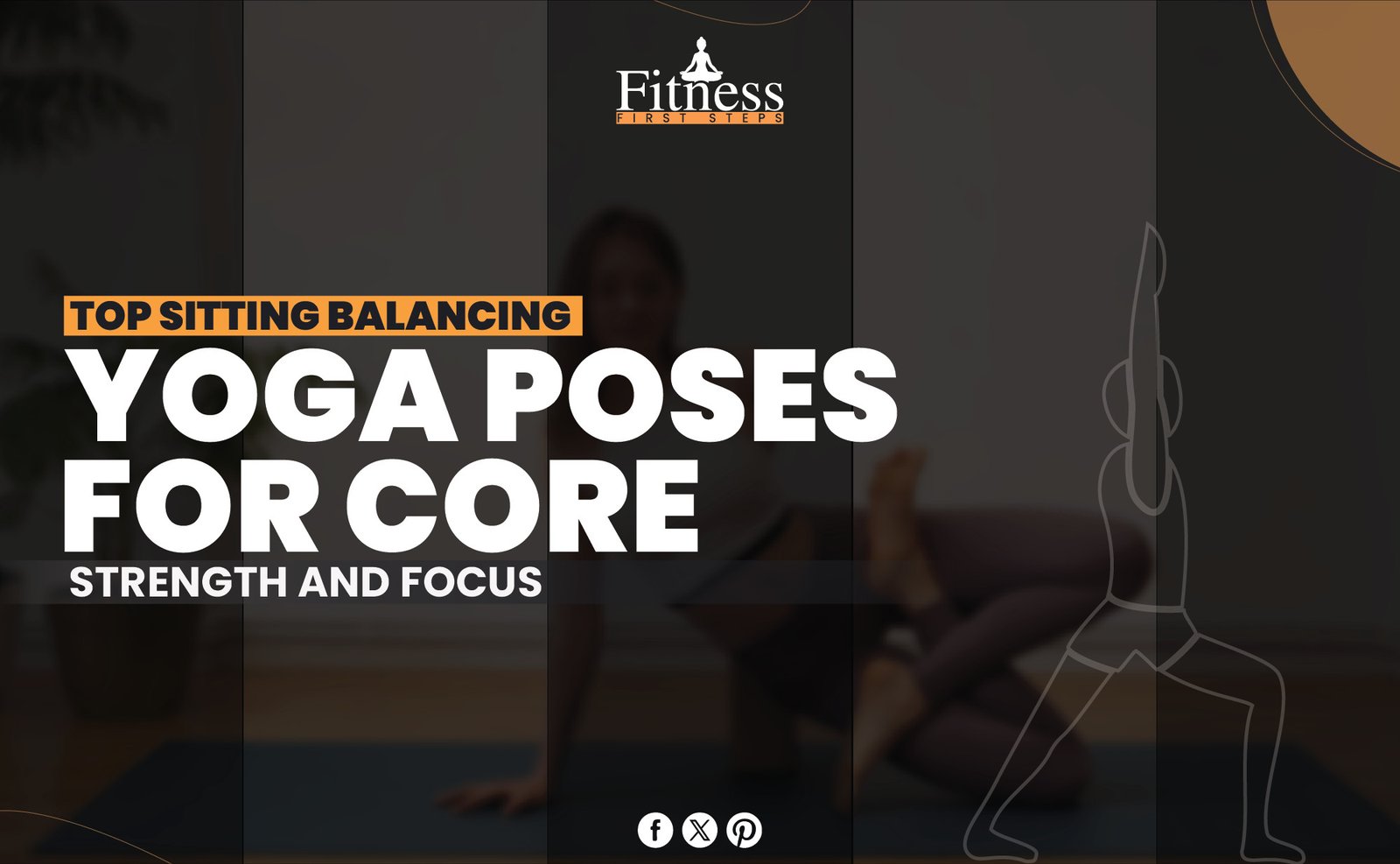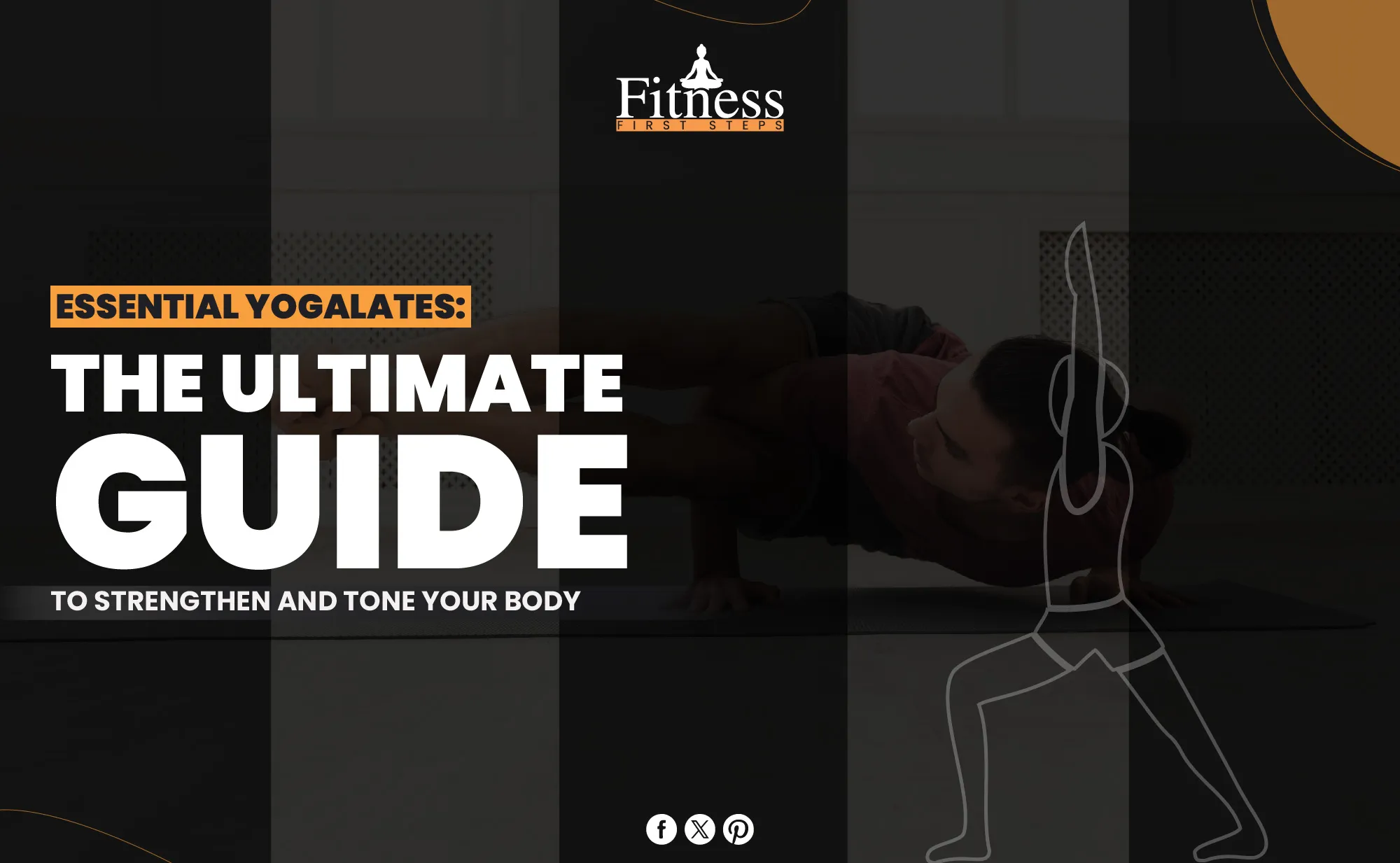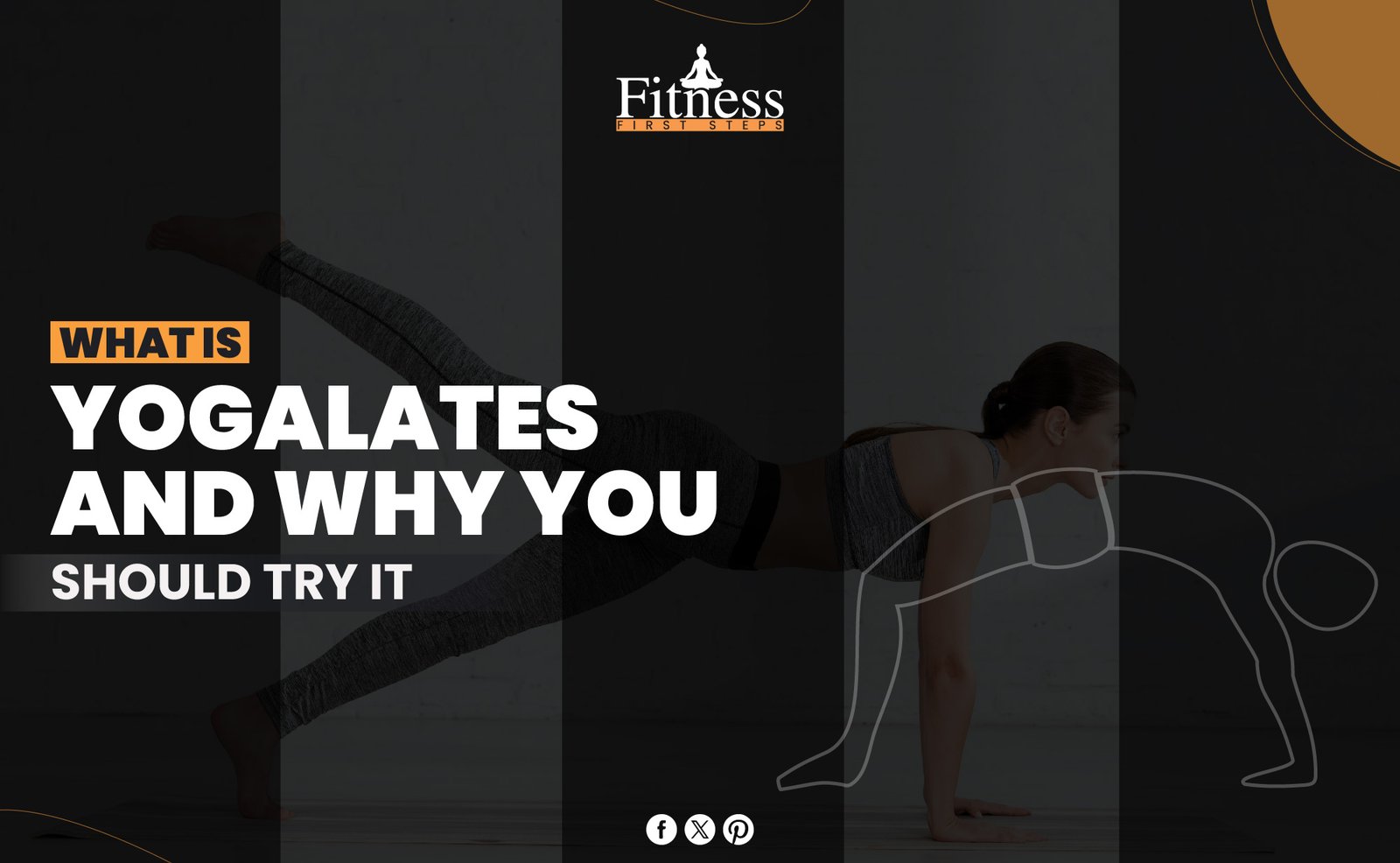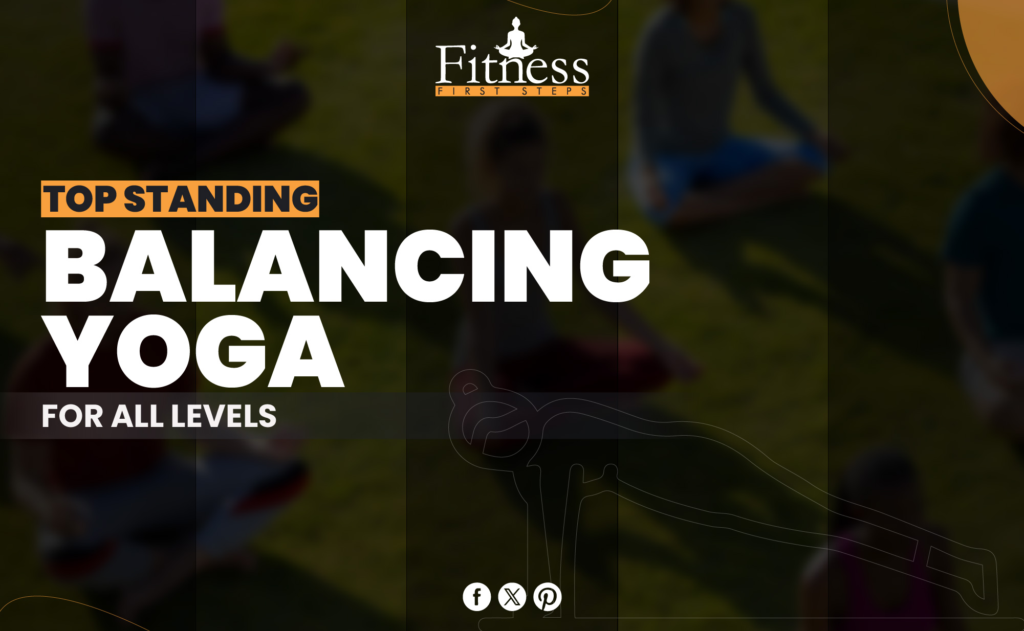Introduction
Slow Mindful Yoga strengthens the bond between the mind, body, and breath. It focuses on moving slowly, keeping your breathing in check, and being aware of the present time. In this type of yoga, the quality of each pose is more important than the number of them. This helps people learn to be patient, focused, and calm.
Sometimes, life seems to be moving faster than ever, but Slow Mindful Yoga can help you find peace and calm. It is an essential balance to the stress and chaos of everyday life. It helps people feel less anxious, more mentally clear, and more at peace with themselves.
This complete guide will look at the basic ideas behind Slow Mindful Yoga and give you valuable tips on using this practice in your everyday life. This book is meant to give you all the tools to change your practice and, by extension, your life. It covers everything from basic poses and sequences to the psychological foundations of mindfulness in yoga.
Benefits of Slow Mindful Yoga
Due to its gentle approach, Slow Mindful Yoga has many benefits that improve emotional and physical health. We’ll discuss how this exercise can improve your life here.
Physical Benefits of Slow Mindful Yoga
- Increased flexibility and strength – Slow Mindful Yoga stretches and strengthens muscles with careful movements. This improves flexibility and muscle strength, improving physical wellness.
- Improved posture – Slow Mindful Yoga promotes good posture by emphasizing alignment and balance in practice and life. It can relieve back discomfort.
- Pain relief and management – Mindful yoga reduces chronic pain. Gentle poses and stretches relieve pain and tightness.
- Enhanced respiratory health – The controlled breathing practices in Slow Mindful Yoga enhance lung capacity and respiratory function, aiding in the recovery and efficiency of respiratory diseases.
- Boosted immune system – Regular Slow Mindful Yoga improves immunity. Stress reduction, improved circulation, and physical wellness boost the immune system.
Mental Benefits of Slow Mindful Yoga
- Stress reduction – Slow Mindful Yoga reduces stress by promoting relaxation and peace.
- Improved focus and concentration – Regular practice sharpens the mind, improving concentration. Because the practice is conscious, it develops the mind to be present.
- Emotional regulation – Slow Mindful Yoga helps people understand and manage their emotions by strengthening the mind-body connection and improving mental health.
- Enhanced self-awareness – Slow Mindful Yoga gives insight into one’s inner state. Introspection increases awareness of thoughts, feelings, and bodily sensations, promoting self-acceptance.
- Better sleep quality – Slow Mindful Yoga naturally improves sleep by soothing and reducing stress. Practitioners typically fall asleep and sleep better after relaxing and calming the mind.
Spiritual Benefits of Slow Mindful Yoga
- Deepened sense of connectivity: Slow Mindful Yoga connects you to the realm beyond earth and mind. Mindful meditation deepens connections with nature, humanity, and the planet, bringing happiness and fulfillment.
- Enhanced mindfulness and presence: This approach supports living in the present and reducing past and future worry. Mindfulness makes life more engaging and appreciative, improving its spirituality.
- Personal and spiritual growth: Slow Mindful Yoga nurtures spirituality via reflection. Confronting and releasing inner blockages allows practitioners to discover themselves spiritually.
- Increased inner peace: Yoga creates inner peace that lasts beyond class. To handle life’s obstacles with grace and equanimity, spiritual well-being requires composure and inner peace.
- Cultivation of gratitude and joy: Slow Mindful Yoga fosters thankfulness for life’s diversity. A happy, appreciating mindset brings pervasive delight that can change one’s life, demonstrating its spiritual benefits.
Getting Started with Slow Mindful Yoga
Before starting Slow Mindful Yoga, prepare for a peaceful and effective practice. This information will help you prepare.
Setting the Right Environment
Slow Mindful Yoga requires a serene environment. Choose a peaceful, clean, and roomy place to work without interruption. Dim the lights or use candles to relax. Lavender or sandalwood essential oils might help you relax and focus.
Choosing Appropriate Attire
Wear loose, comfortable clothes that enable plenty of movement. Ideal textiles are natural, breathable, and moisture-wicking. Gentle poses don’t require athletic gear, so it’s vital to dress comfortably and freely.
Gathering Necessary Equipment
Slow Mindful Yoga requires little equipment, yet a few essentials might improve your practice. A yoga mat cushions and avoids slips. Beginners and anyone with physical restrictions can modify positions with yoga blocks, bolsters, and straps.
Warm-up Exercises
Slow Mindful Yoga begins with gentle warm-ups. Neck rolls, shoulder shrugs, wrist rotations and ankle circles improve blood flow and reduce injuries. Deep, deliberate breathing calms and focuses these activities.
Basic Slow Mindful Yoga Poses
Slow Mindful Yoga poses anchor, stretch, and strengthen the body while calming and focusing the mind. Start your Slow Mindful Yoga journey with these foundational poses:
Mountain Pose (Tadasana)
This basic standing stance brings balance and grounding. Keep your feet together, hands at your sides, and weight equally on your soles. Lengthen your spine and reach your head to the sky, stretching your body.
Child’s Pose (Balasana)
This posture, which involves sitting back on your heels, folding forward, and stretching your arms in front of you or by your sides, is great for stress release. Back, shoulder, and chest stress is relieved.
Cat-Cow Stretch (Marjaryasana-Bitilasana)
Start on hands and knees at a table. The Cow Pose involves arching your back downwards and lifting your head and tailbone to the ceiling, while the Cat Pose involves rounding your spine and bringing your chin to your chest. This flow reduces thoracic tension and increases spinal flexibility.
Downward-Facing Dog (Adho Mukha Svanasana)
Lift your hips up and back, making an upside-down V-shape with your body, starting from standing. The back, legs, and calves are stretched in this pose, and the arms and shoulders are strengthened.
Warrior I (Virabhadrasana I)
Step one foot from standing with your front knee bent and back leg straight. Hold your arms aloft parallel to each other. This pose strengthens legs, opens hips and chest, and enhances balance and focus.
Seated Forward Bend (Paschimottanasana)
Put your feet out before you and sit on the floor. Breathe in as you lengthen your back and breathe out as you reach for your feet by folding forward from your hips. The back, shoulders, and hamstrings are all stretched out in this pose.
Corpse Pose (Savasana)
Corpse pose concludes your practice by resting flat on your back with arms and legs spread and palms up. Close your eyes and breathe deeply to calm your body and mind. This pose integrates practice benefits and produces profound relaxation.
Incorporating Mindfulness into Slow Yoga Practice
Adding awareness to Slow Mindful Yoga makes the benefits even greater by creating a more vital link between the mind, body, and breath. Here are some essential things you can do to make your yoga lessons more mindful:
Breath Awareness
Focus on your breath throughout the practice to stay present. Deepen each pose by mindfully breathing in and out according to your natural rhythm. This breath awareness soothes the mind and enhances each asana.
Body Scan Meditation
Start or end yoga with a body scan meditation. Lay down comfortably and slowly bring your attention to your body, from toes to head. Connect with your body by noticing any sensations, tension, or warmth without judgment.
Mindful Movement
Move slowly and carefully between poses, ensuring you know and plan each move. Awareness of how your body feels, and muscles work during changes will help you connect with your body more deeply.
Cultivating Present Moment Awareness
When your mind wanders during practice, gently bring it back. Recognize ideas and distractions without attachment and focus on your movements, breath, and bodily sensations. Returning to the moment deepens mindfulness.
Creating Your Own Slow Mindful Yoga Routine
By making your own Slow Mindful Yoga schedule, you can adapt your practice to your needs and connect with your body and mind more deeply. Here are some steps you can take to make your yoga routine work and make you happy:
Selecting Poses that Suit Your Needs
First, decide what you want from your practice—stress reduction, flexibility, strength, or spiritual connection. To achieve these goals, start with simple asanas and work to more complicated ones. Incorporate grounding, stretching, and strengthening practices to build a holistic practice.
Setting an Appropriate Pace
The entire advantage depends on your practice tempo. It should be slow enough to allow deep focus and connection with each action but natural from pose to pose. Allow enough time in each asana to explore and deepen, but keep the practice moving.
Integrating Mindfulness Techniques
Use breath awareness, body scan meditation, and mindful movement in your daily routine. Focus on breath awareness or body scan meditation for a few minutes. Take advantage of your breath and body to improve each pose during the exercise.
Listening to Your Body
Be mindful of your body’s cues and alter your practice. If a stance hurts, modify it or use props. Slow, Mindful Yoga aims to increase awareness and respect for your body’s talents and limits, not perfect poses. This method makes yoga safe, fun, and personal.
Tips for Deepening Your Slow Mindful Yoga Practice
You must do more than show up on the mat to improve your practice. You need to connect with and commit to your practice more deeply. Here are some important tips that will help you go deeper into yoga:
Consistency is Key
It’s essential to make yoga a daily experience. Lack of consistency can make you weak and clumsy, but it can also make you more mentally strong and aware. Try to practice simultaneously every day to make a habit that becomes a regular part of your day.
Gradually Increasing Duration and Intensity
Starting with shorter workouts, slowly add more time as your body gets used to the workout. Add more challenging poses and patterns gradually to build mental and physical strength. Avoiding injury and laying a solid basis for a more profound practice is what this gradual progression does.
Seeking Guidance from Experienced Instructors or Resources
Professional yoga instructors or trusted online resources can teach you new techniques to improve your practice. Such coaching can correct postures, introduce new poses, and offer level-appropriate variations, guaranteeing a safe and rewarding yoga experience.
Practicing Self-Compassion and Patience
Yoga is a personal journey that unfolds differently for everyone. Be kind to yourself while you practice. Be patient; yoga growth frequently occurs in subtle bodily and mental alterations.
Adding these tips to your Slow, Mindful Yoga practice can transform your sessions into a highly satisfying, life-changing experience in which your body, mind, and spirit balance out.
Overcoming Common Challenges
Like any other daily activity, slow mindful yoga can have problems. To keep your practice going and make it more robust over time, you need to be aware of and deal with these problems.
Dealing with Distractions
External and internal distractions can make your practice less focused and peaceful. Start your yoga practice in a quiet, focused place to avoid distractions. To prevent disruptions, tell family members about your practice time. For a peaceful atmosphere, switch off or mute electronics. Accept intrusive ideas without judgment and return to your breath or stance as part of mindfulness.
Addressing Physical Limitations or Injuries
Physical limits or injuries can discourage yoga, but they don’t have to stop. Consider their chances to test yoga’s adaptation. Use blocks, belts, and cushions to make positions more accessible and comfortable. To practice safely, consult therapeutic yoga instructors or healthcare specialists. Listening to your body’s demands and limitations helps improve self-compassion.
Managing Time Constraints
Finding time for yoga in a busy schedule is difficult, but even short sessions are helpful. Practice breathwork in the morning or poses during lunch. Focus on quality over quantity—a ten-minute practice can be more beneficial than a longer one. Remember that consistency over time, not session length, grows your practice.
Maintaining Motivation
Maintaining practicing motivation might be difficult without immediate goals. To stay motivated, set manageable goals and appreciate little practice successes. Change up your positions and sequences to keep it challenging. In addition, joining an online or in-person yoga community can provide support, encouragement, and accountability.
Knowing about and dealing with these typical problems will make your Slow Mindful Yoga practice more enjoyable, consistent, and rewarding. This will help you connect with your mind and body more deeply.
Conclusion
Slow Mindful Yoga deepens inner serenity and awareness while nurturing the body and mind via gentle movement and deep breathing. This technique boosts flexibility, strength, stress reduction, and mental clarity. Practitioners can balance physical and mental wellness by focusing on the now and listening to the body.
Whether starting or seeking inspiration to keep practicing, now is the time to commit to your health. Yoga is beautiful because it’s accessible and adaptable for everyone, regardless of age, experience, or physical condition.
Slow, Mindful Yoga promotes personal growth and transformation. Slow, thoughtful movement gives us space and grace to discover our inner selves. This practice fosters mindfulness, compassion, and a deeper connection with ourselves and the world via bodily postures. Slow Mindful Yoga transforms our quiet moments of the present into a life of intention, harmony, and tranquility.
